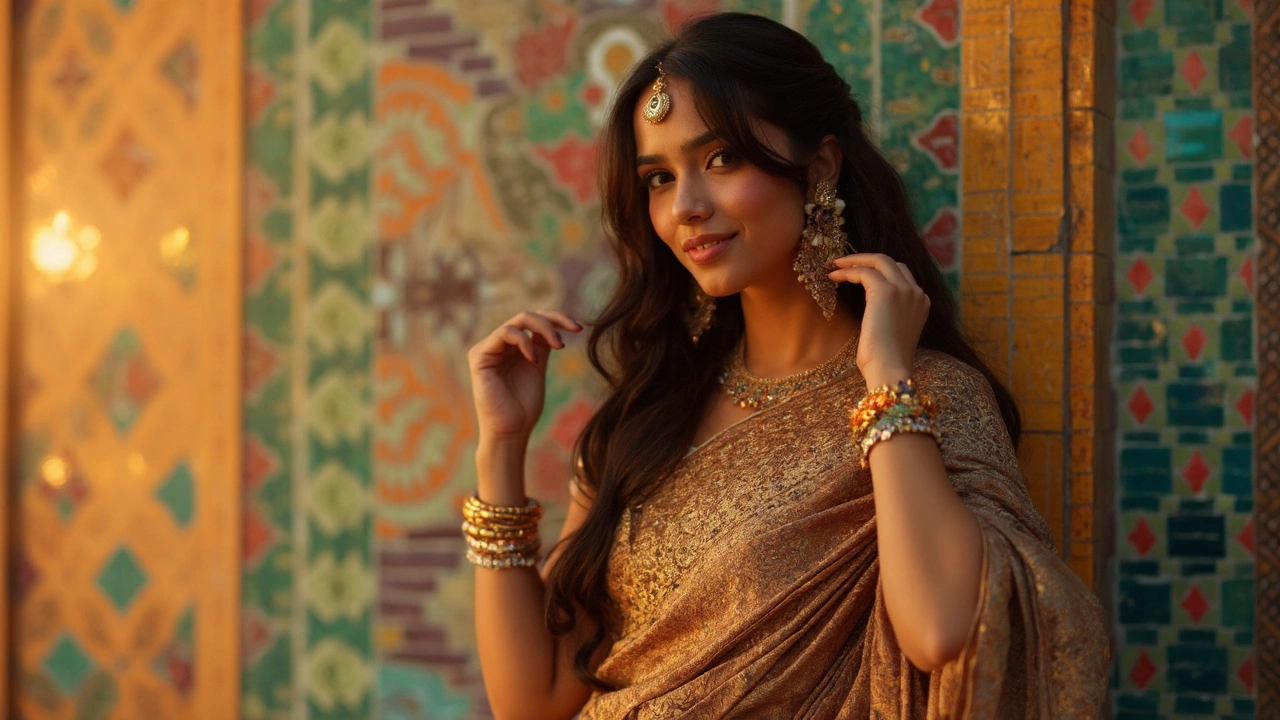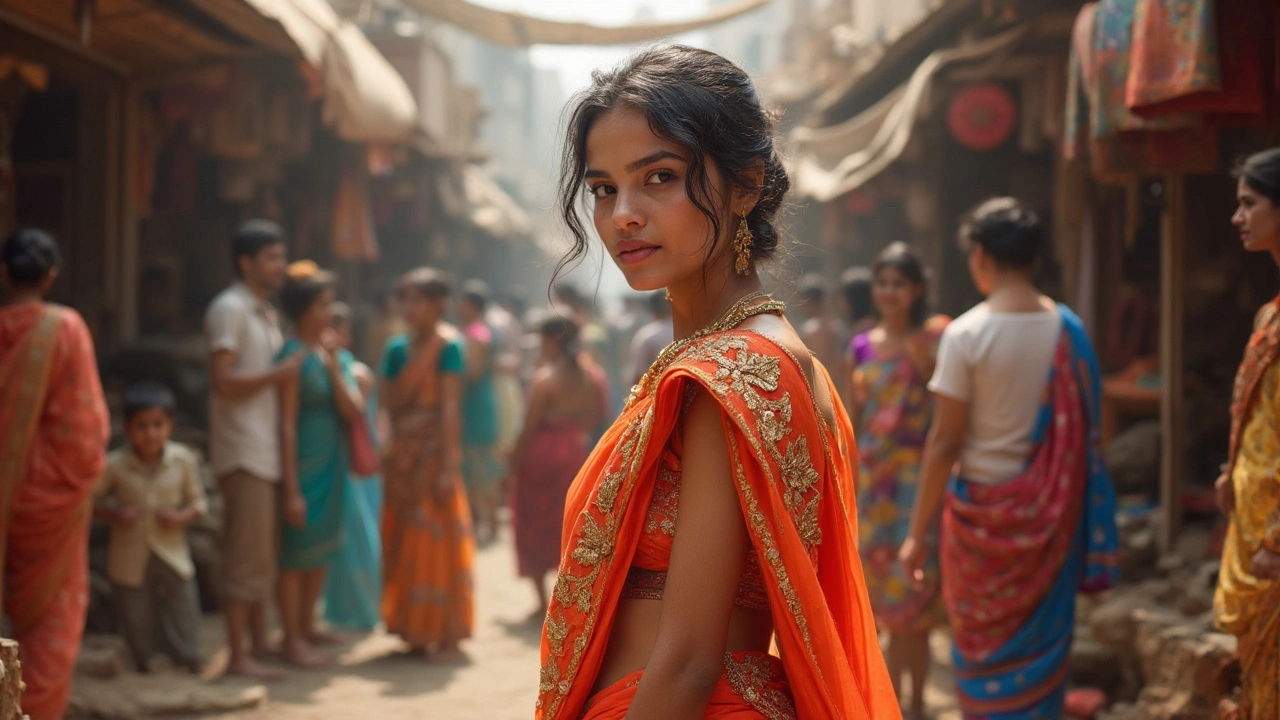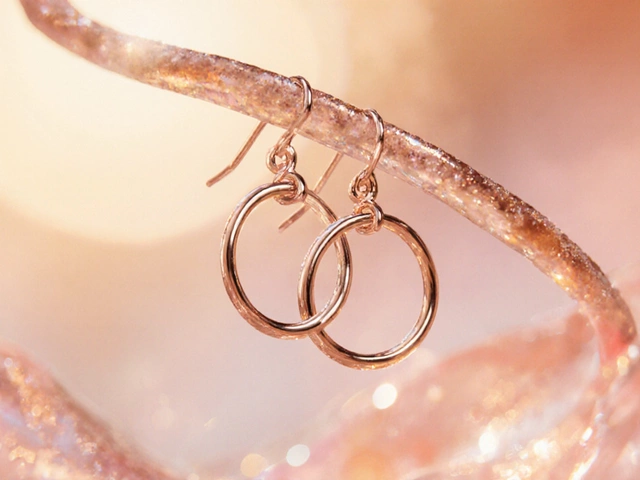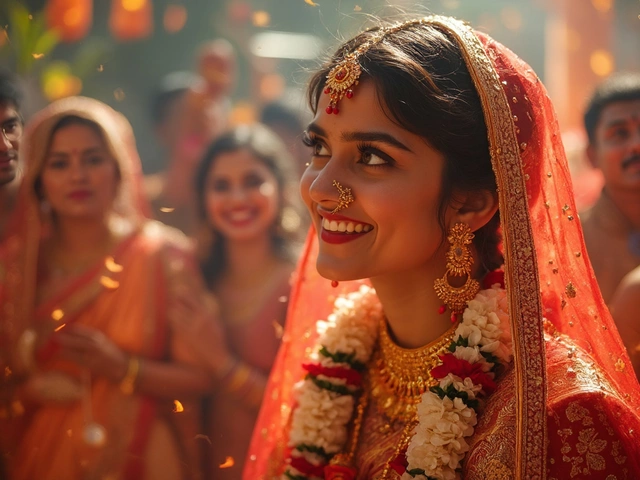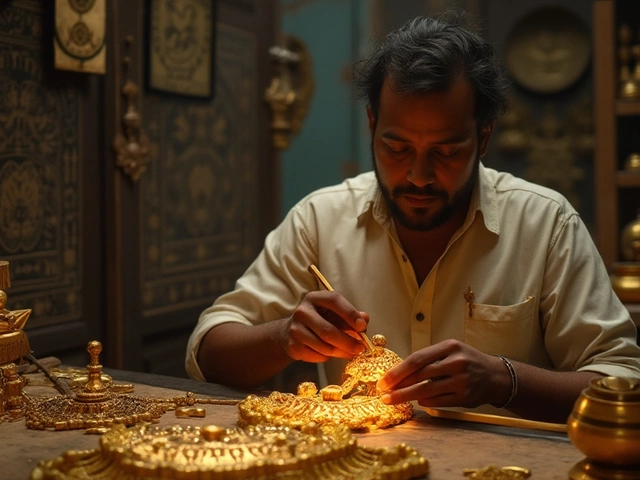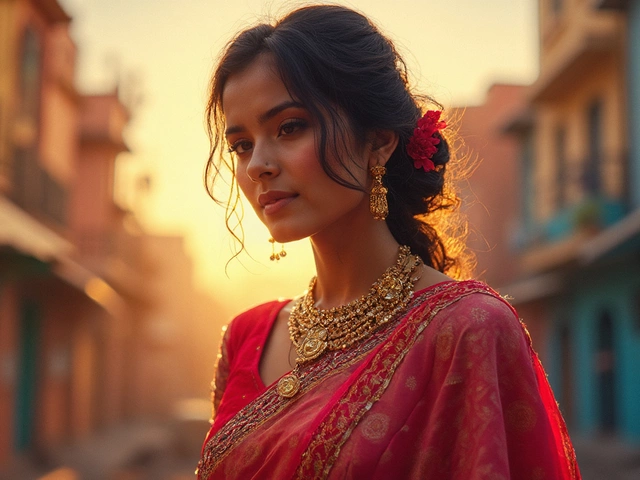Saree: The Timeless Indian Wardrobe Staple
If you’ve ever wondered why the saree never goes out of style, you’re in the right place. It’s more than a piece of cloth— it’s a story of culture, craft, and personal expression. In this guide we break down the main saree types, how to pick the right fabric, easy draping hacks, and simple care tips so you can enjoy your saree for years.
Know Your Fabrics
First thing’s first: the fabric decides how a saree feels and where it belongs. Silk (especially Banarasi or Kanchipuram) shines at weddings and formal events. Cotton and linen are breathable, perfect for daily wear or summer parties. chiffon and georgette drape beautifully and let you play with heavy borders without the weight. If you love a little sparkle, check out organza or net with sequin work. Pick a fabric that matches the climate, the event and your comfort level.
Popular Styles and When to Wear Them
India’s regional diversity means a lot of saree designs. A Banarasi silk with gold brocade is a classic for big celebrations. A Bandhani tie‑dye from Gujarat looks great at casual gatherings. South Indian silk with a bright pallu adds drama to festive nights. For office days, a simple pastel cotton with a plain border feels professional yet elegant. Knowing the vibe you want helps you narrow down the endless options.When you shop, think about the occasion first. A heavy, embroidered piece may be beautiful, but it can be hard to carry around on a long wedding day. Light fabrics with subtle prints are a safe bet for travel or multi‑day events.
Quick Draping Tips for Every Body Type
Not everyone can master the nine‑yard drape, but a few tricks make it easy. If you’re short, try a low‑pallu style to keep the length manageable and avoid tripping. Tall folks can experiment with a high‑pallu or a pleated back to balance proportions. For curvier figures, a pleated front and a slightly loosened pleat at the waist create a flattering silhouette. Use safety pins or a waist belt to hold the pleats in place while you’re getting ready.
Hands‑on tip: fold the pallu in half, pin it at the shoulder, then drape the remaining fabric clockwise. This method reduces the mess and gives a neat look in minutes.
Buying Smart and Keeping It Fresh
Before you click ‘add to cart’, check the stitching and border work. A good saree will have even stitching and no loose threads. If you’re buying online, ask for close‑up photos of the zari work or any embellishments. Once you own it, store the saree rolled in a breathable cloth bag, not a plastic zip‑lock, to avoid moisture buildup. A light iron on low heat (or a steamer) keeps the fabric crisp without burning silk.
When it’s time to clean, hand‑wash cotton and linen with mild detergent. Silk and delicate fabrics deserve professional dry cleaning or a gentle hand wash with cold water. Always test a small hidden area first.
Mixing and Matching
Don’t be afraid to pair a traditional saree with modern accessories. A sleek belt can turn a classic look into a contemporary outfit. Statement earrings or a chunky necklace add personality without overwhelming the drape. For shoes, flat sandals work for casual vibes, while heels elevate evening looks.
Remember, the saree is yours to interpret. Play with colors, experiment with drapes, and enjoy the compliments that follow. With the right fabric, style, and care, your saree will be a go‑to piece for any occasion.
Most Feminine Item of Clothing: What Really Counts?
This article explores the most feminine item of clothing, especially in the context of Indian fashion. It breaks down the cultural and emotional reasons behind why some clothes feel more 'feminine' than others. From sarees to accessories, get the lowdown on what makes a piece of clothing stand out. Expect handy tips for choosing and styling these pieces. The article also shares surprising facts about how perceptions of femininity in clothing have changed over the years.
Most Common Clothing in India: A Fashion Journey
Indian clothing is a blend of tradition and modernity, with pieces like the saree and kurta being staples in many wardrobes. This article explores common fashion choices across the country, highlighting traditional attire's enduring popularity despite the rise of Western styles. Readers will discover practical insights on how these pieces fit into modern life and their significance in India's diverse culture.
